UNESCO World Heritage Sites in Argentina
Argentina holds a mix of landscapes, from glaciers in Patagonia to ancient trade routes in the Andes. Beyond its natural beauty, the country carries deep historical and cultural roots. The World Heritage Sites in Argentina tell the story of civilizations that lived here long before modern borders existed. Walking through these UNESCO Sites in Argentina, the past feels close. The marks of history are etched in stone, painted on cave walls, and built into the very fabric of cities.
Los Glaciares National Park
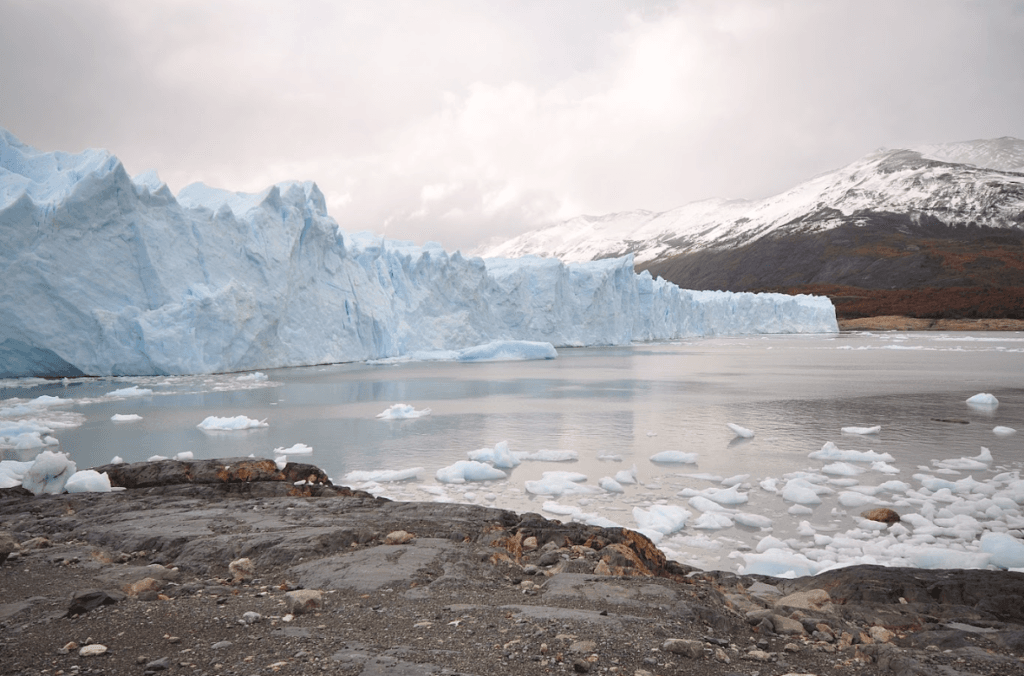
In the southern reaches of Argentina, Los Glaciares National Park stretches across mountains, lakes, and vast ice fields. This park holds some of the world’s largest glaciers, including the famous Perito Moreno Glacier. Towering ice walls crack and shift, sending chunks of ice plunging into the waters below.
Lake Argentino, the largest freshwater lake in Argentina, winds through the park. At its farthest end, three glaciers meet, breaking apart and releasing icebergs into the water. The contrast between the bright blue ice and the rugged mountains makes this place unforgettable.
Jesuit Missions of the Guaranis
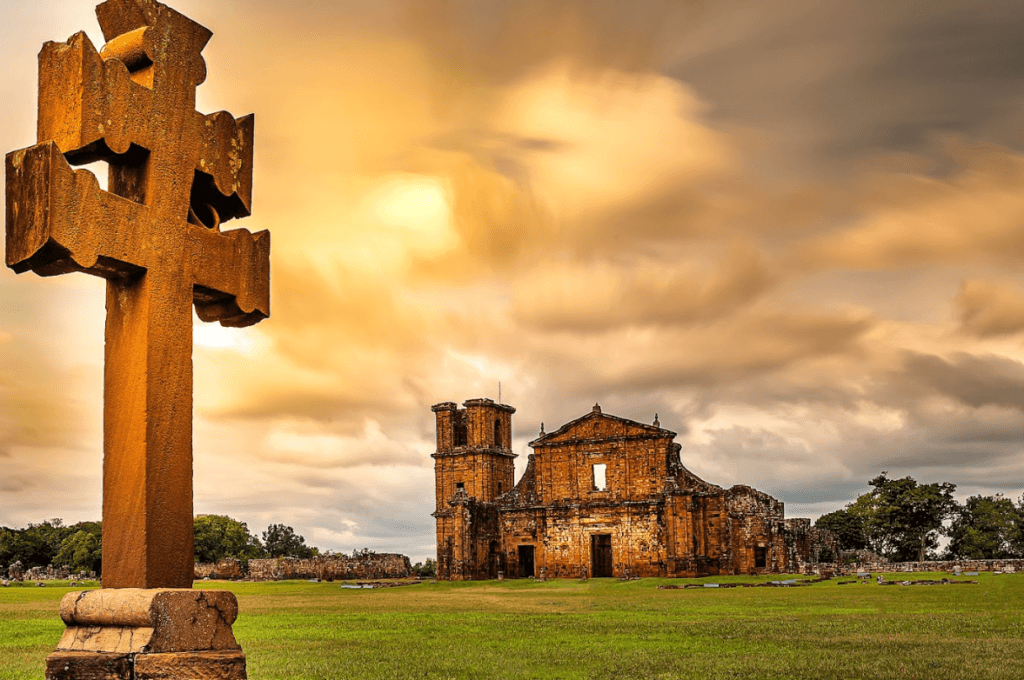
Deep in the forests of northeastern Argentina, the Jesuit Missions of the Guaranis stand as reminders of a time when Spanish missionaries built settlements among indigenous communities. The ruins of San Ignacio Miní, Santa Ana, Nuestra Señora de Loreto, and Santa María la Mayor reveal the remains of churches, living quarters, and communal spaces.
Iguazu National Park
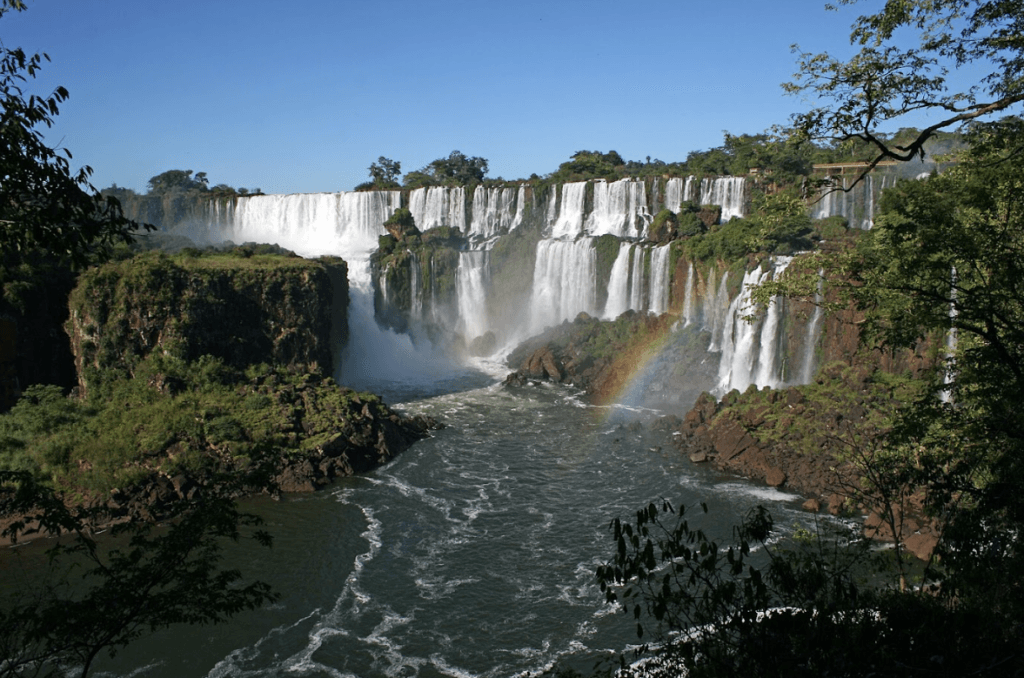
At the border of Argentina and Brazil, Iguazu National Park holds one of the most powerful waterfalls in the world. Water rushes over the cliffs, creating a never-ending roar that can be heard from miles away. The Iguazu Falls, stretching 2,700 meters wide, sends water plunging 80 meters below. Surrounding the falls is a subtropical rainforest teeming with wildlife. More than 2,000 species of plants grow here, and the jungle is home to jaguars, howler monkeys, tapirs, and toucans.
Cueva de las Manos
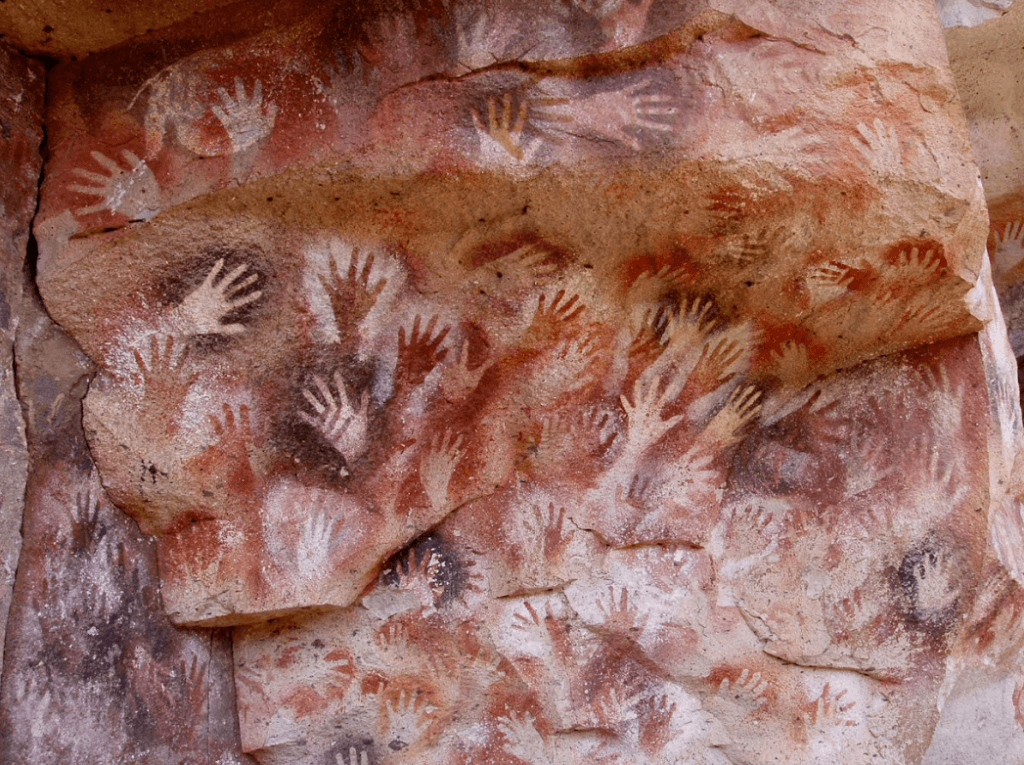
In the remote region of Río Pinturas, a cave holds paintings that date back over 9,000 years. Cueva de las Manos, or “Cave of the Hands,” is named for the thousands of stenciled handprints that cover its walls. These images, created by early hunter-gatherers, give insight into the lives of the people who once roamed Patagonia. The cave also holds paintings of animals, hunting scenes, and abstract patterns. The Cultural Heritage of Argentina stretches back thousands of years, and this site is one of the earliest records of human life in the region.
Península Valdés
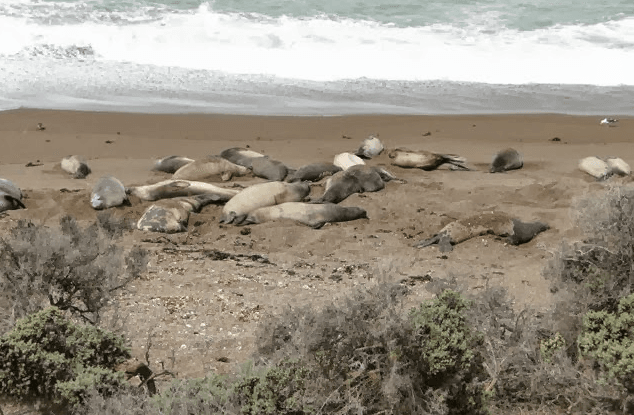
On the Atlantic coast of Patagonia, Península Valdés serves as a breeding ground for some of the world’s most endangered marine species. Southern right whales, elephant seals, and sea lions come here to raise their young. The orcas in this region have even developed a rare hunting technique. This area plays a crucial role in the conservation of marine life. Scientists, conservationists, and travelers come to study and witness these creatures in their natural habitat.
Ischigualasto and Talampaya Natural Parks
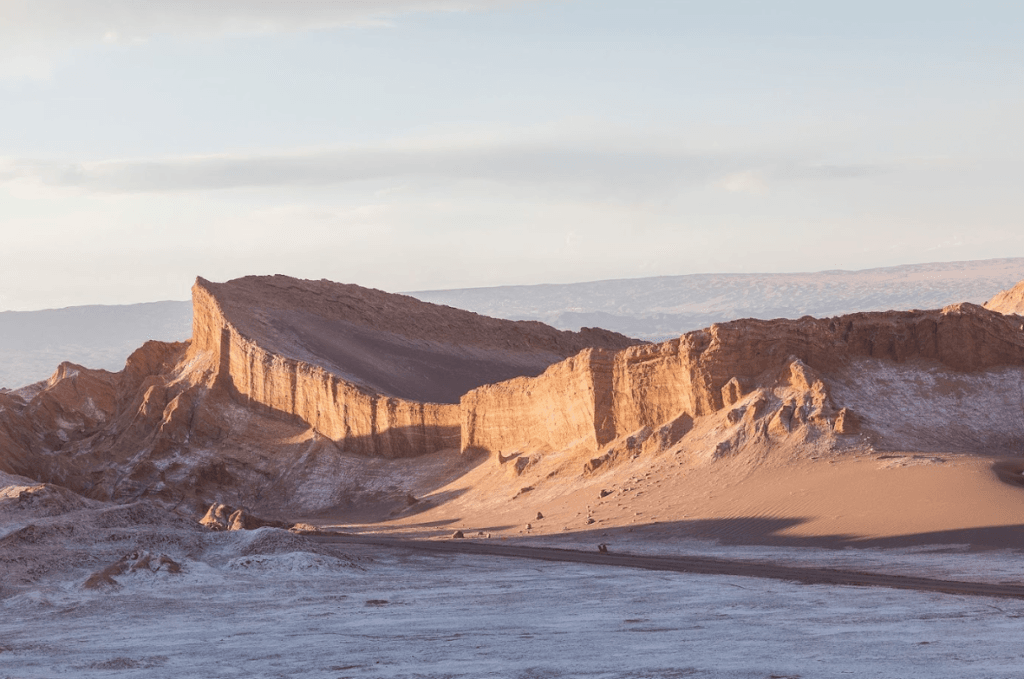
Fossils buried in the rocks of Ischigualasto and Talampaya Natural Parks tell the story of life from over 200 million years ago. These lands hold one of the most complete records of the Triassic Period, revealing the evolution of mammals, dinosaurs, and plants. Walking through the desert landscape, the rock formations stand tall, shaped by wind and time. Some areas contain the fossilized remains of early dinosaurs.
Jesuit Block and Estancias of Córdoba

In the heart of Córdoba, the Jesuit Block stands as a symbol of Argentina’s colonial past. The university, church, and residences of the Society of Jesus showcase a mix of religious and academic influence. Beyond the city, five Jesuit estancias, or farming estates, reveal how these settlements sustained themselves. These estancias combined European farming techniques with local knowledge. It shaped the agricultural development of the region.
Quebrada de Humahuaca
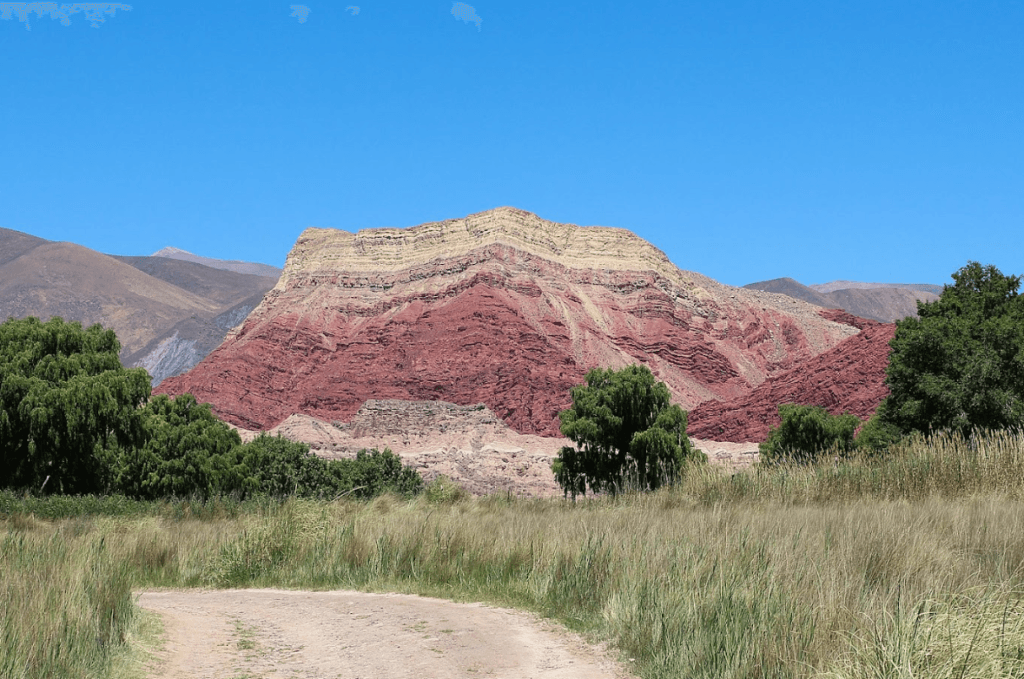
Stretching across northern Argentina, Quebrada de Humahuaca follows an ancient trade route that has been used for over 10,000 years. The Inca Empire, Spanish colonizers, and local traders all passed through this valley, leaving behind evidence of their presence. The valley’s landscape shifts from rocky cliffs to green farmland. The remains of prehistoric settlements, colonial towns, and Inca roads mark the way.
Qhapaq Ñan

The Qhapaq Ñan, or Andean Road System, stretches over 30,000 kilometers, connecting different parts of the Inca Empire. This network, built over centuries, runs through mountains, deserts, and rainforests, showing the engineering skills of the Incas. Parts of this system remain intact in Argentina, where the roads once served as trade routes and military pathways.
For those who visit, these sites offer more than just a glimpse into history—they provide a deeper understanding of how Argentina’s land and people have evolved over time.
Want to dive into more ancient wonders? Click here and explore UNESCO sites across the globe!
Did you like this blog?
Follow me on Facebook, Instagram and Tiktok, and be updated on my latest posts.
Work with me?
I love collaborations and I enjoy working with various brands. See my portfolio here.
